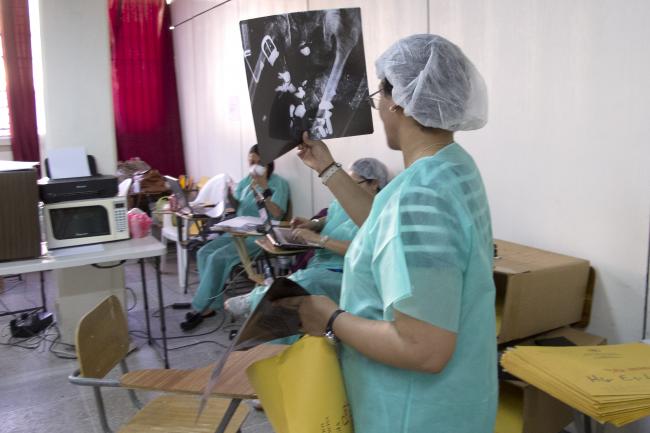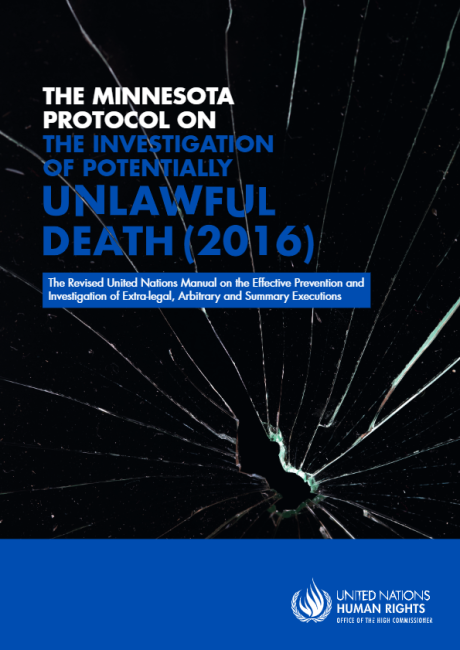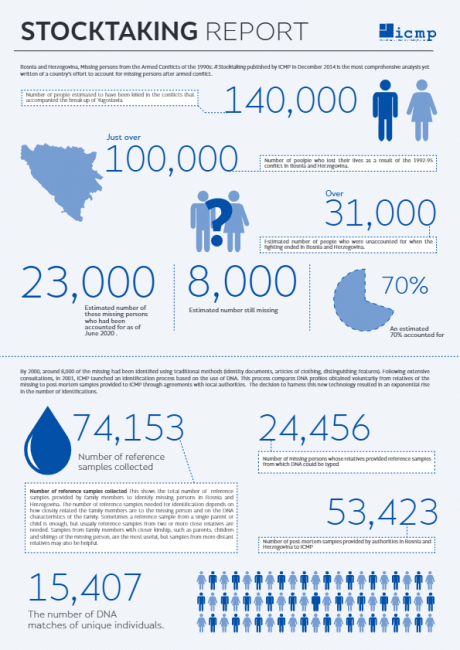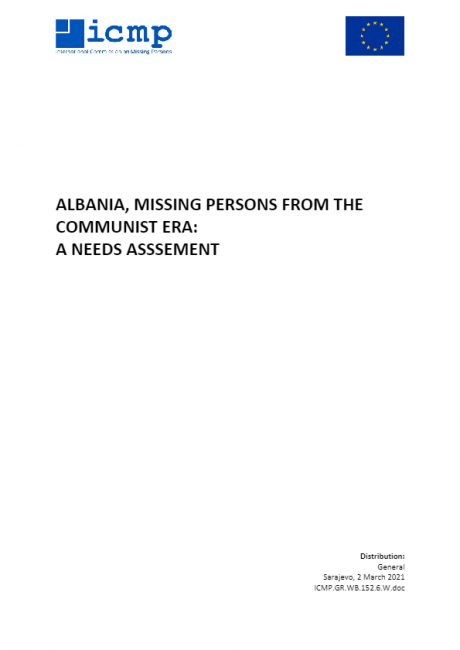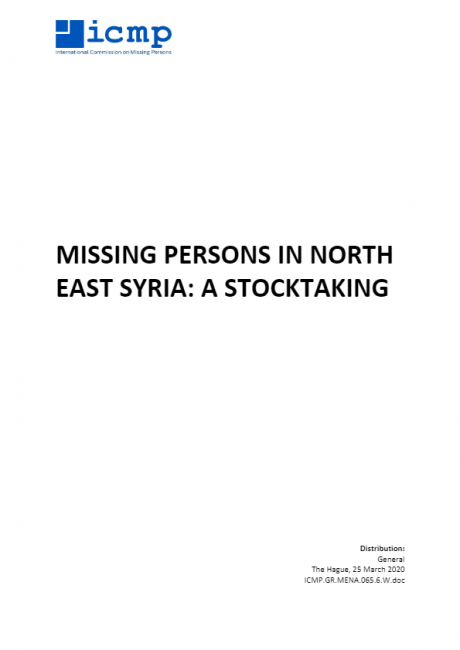Towards mass-grave protection guidelines
In the aftermath of conflict and gross human rights violations, victims have a right to know what happened to their loved ones. Such a right is compromised if mass graves are not adequately protected to preserve evidence, facilitate identification and repatriation of the dead and enable a full and effective investigation to be conducted. Despite guidelines for investigations of the missing, and legal obligations under international law, it is not expressly clear how these mass graves are best legally protected and by whom. This article asks why, to date, there are no unified mass-grave protection guidelines that could serve as a model for states, authorities or international bodies when faced with gross human rights violations or armed conflicts resulting in mass graves. The paper suggests a practical agenda for working towards a more comprehensive set of legal guidelines to protect mass graves.


